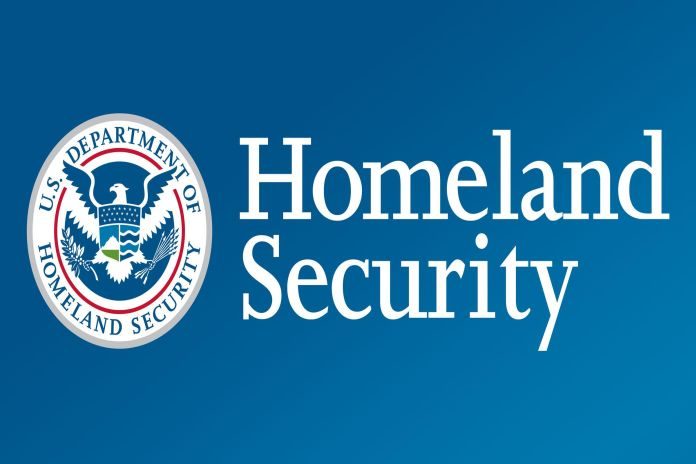WASHINGTON, USA — US Customs and Border Protection (CBP) has announced a Notice of Proposed Rulemaking for the Department of Homeland Security’s (DHS) comprehensive biometric entry and exit system that applies to non-US citizens traveling to and from the United States.
This rulemaking process provides the public an opportunity to provide the US government comments about the proposed amendments to the rule.
“CBP has successfully proven that the best way to fulfill the Congressional mandate for a biometric entry-exit system is by implementing facial biometrics through public-private partnerships,” said Diane J. Sabatino, deputy executive assistant commissioner of field operations, US Customs and Border Protection. “CBP is steadfastly committed to transparency and safeguarding the privacy of all travelers as we continue to innovate and expand a secure, touchless inspection process that streamlines travel.”
The proposed changes, entitled “Collection of Biometric Data from Aliens Upon Entry to and Departure from the United States,” would amend the DHS entry/exit regulations requiring foreign travelers to provide photographs upon entry to and/or departure from the United States. The rule also proposes to amend the DHS entry/exit regulations to eliminate references to pilot programs and the port limitation to permit the collection of photographs or other biometrics from non-US travelers departing from airports, land ports, seaports, or any other authorized point of departure. Under current regulations, CBP may only conduct pilot programs to collect biometrics at exit at a limited number of air and seaports, and may only collect biometrics from a limited population.
CBP has a clear authority and a responsibility to confirm the identity of all international travelers and verify that they are the authorized bearers of their travel documents, to include US passports. CBP’s use of biometric facial comparison technology would occur only at specific times and locations where travelers are already required to present proof of identity. This enhanced process would simply automate the document checks that take place today and would further secure, streamline, and align with government and industry efforts to expand touchless travel of the future.
Foreign national travelers are required to provide photographs to CBP when entering or exiting the United States while the process is voluntary for US citizens. US citizens who do not wish to participate in the facial biometric process can notify a CBP officer or airline representative to request a manual document check and be processed consistent with existing requirements for entry to and exit from the United States.
As authorized in several statutes and regulations, CBP is Congressionally mandated to implement a biometric entry-exit system that matches records, including biographic data and biometrics of non-US citizens entering and departing the United States. These statutes include the 1996 Illegal Immigration Reform and Immigrant Responsibility Act, the 2002 Enhanced Border Security and Visa Entry Reform Act, the Intelligence Reform and Terrorism Prevention Act of 2004, and the Implementing Recommendations of the 9/11 Commission Act of 2007, the Consolidated Appropriations Act of 2016, and Executive Order 13780, “Protecting the Nation from Foreign Terrorist Entry into the United States.”
Years of testing have demonstrated that biometric facial comparison technology is the most secure, efficient and cost-effective way to fulfill the Congressional mandate to implement a biometric entry/exit system while protecting the privacy of all travelers. To date, more than 55 million travelers have participated in the biometric facial comparison process at air, land and seaports of entry. CBP uses a high-quality facial comparison algorithm that shows virtually no measurable differential performance in results based on demographic factors. Since September 2018, CBP has leveraged facial biometrics to prevent more than 300 imposters from illegally entering the United States by using genuine travel documents that were issued to other people.
CBP is committed to its privacy obligations and has taken steps to safeguard the privacy of all travelers. CBP has employed strong technical security safeguards and has limited the amount of personally identifiable information used in the facial biometric process.
New photos of US citizens will be deleted within 12 hours. Photos of most foreign nationals will be stored in a secure Department of Homeland Security system. Additionally, CBP has employed strong technical security safeguards and has limited the amount of personally identifiable information used with the biometric facial recognition.





